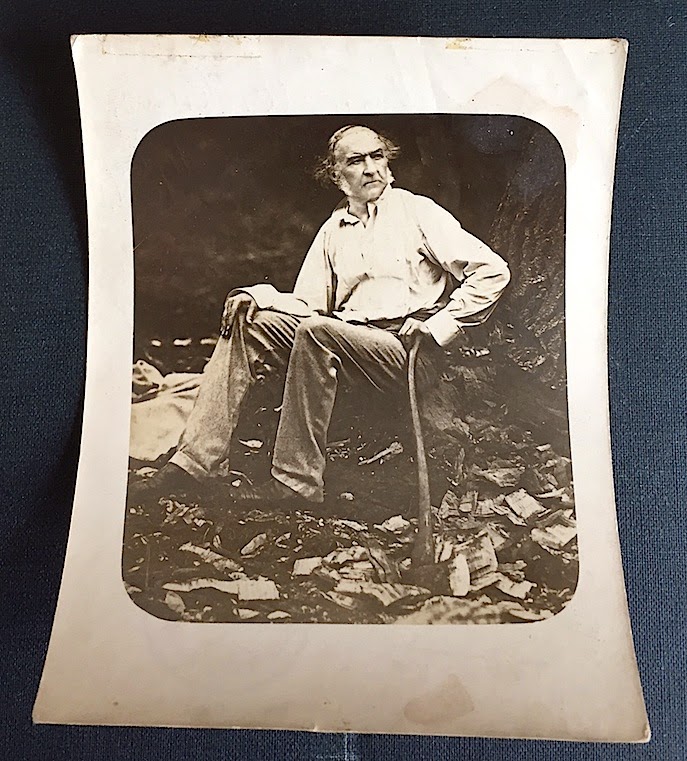Most people who know E.M.Forster’s Passage to India (1924) also know that the background research for the novel was undertaken while the author worked as private secretary to the Maharajah of Dewas, senior, who ruled a tiny State in north central India. In 1953, many years after the novel appeared, and sixteen years after the Maharajah had died, Forster published as The Hill of Devi recollections of his time in what he called ‘ the oddest corner of the world outside Alice in Wonderland’.
Forster had first met the young ruler, who bore the rather cumbersome cognomen of Sir Tukoji Rao III, in 1912 , while he was the guest of the high-flying administrator Malcolm Darling, who had himself arrived in India in 1904. ‘His Highness’, or H.H., as the Rajah styled himself, was then just in his early twenties, having succeeded his father in 1900 at the tender age of twelve. In 1906 Darling was appointed his tutor and mentor, and in October 31st, 1907 the two men, together with the usual retinue, including possibly the Rajah’s beloved brother, embarked on what might today be called a ‘ fact -finding ’ tour of ’ All-India’ and Burma , which is briefly mentioned by Forster in his book. Various members of the party were responsible for taking snaps of the sights along the way. The Rajah himself can be seen in many of the photos, and Darling features in at least one. The camera used seems to have been a Kodak, which had become popular early in the 1890s—and it is this photographic record, mounted in a Kodak album, with brief identifying captions by the Rajah, that has recently come to light in a provincial auction house in the UK.
Continue reading



